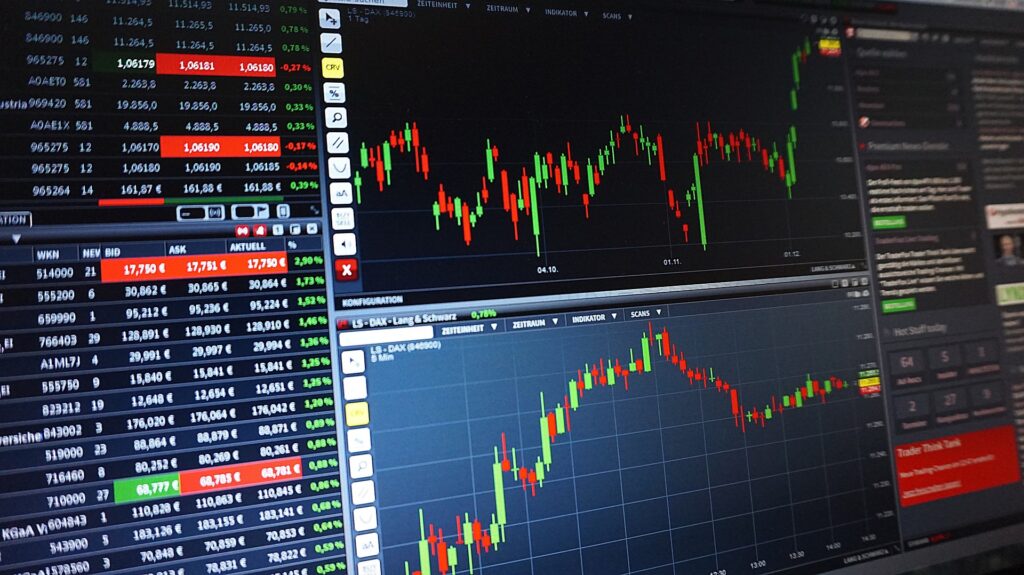WESCAP Q3 Quarterly Commentary: Stock Returns, Bond Yields, and Interest Rates

Portfolio results for the third quarter of 2023 were generally negative for stocks and for long-term bonds. For the quarter, the S&P 500, EAFE index (foreign stocks), and long-term Treasury bonds (Bloomberg/Barclays 20+ Yrs) returned -3.3%, -4.1%, and -13.0%, respectively. Small cap stocks and real estate stocks (REITs) had losses greater than the S&P 500 last quarter due to greater sensitivity to higher interest rates.
U.S. 10-Year Treasury bond yields have risen from 3.8% at the end of June to 4.6% at the end of September, and continue to trend up so far in October. These are the highest interest rates experienced in the last 15 years. Concerns over growing government budget deficits, tighter lending conditions from banks, stubbornly high energy prices and a still-strong U.S. economy are likely to cause higher interest rates to persist until one or more of these causative factors change.
This rise in longer term U.S. interest rates resulted in a -13% quarterly return in Treasury bonds. It was also a major factor in the third quarter price declines in global stocks, real estate assets and most other financial assets.
Assets with positive returns last quarter included very short duration fixed income assets. Treasury bills produced a 1.3% quarterly return (Bloomberg 1-3 mo. U.S. T-Bill index). Money market funds, ultra short-term bond funds and floating rate instruments had positive returns as well. WESCAP’s shift into these assets in 2022, and early in 2023, is helping to buffer portfolios during this difficult financial period. Annualized yields of 5% to over 6% also provide a reasonable return while awaiting other investment opportunities.
Core U.S. inflation continues to trend down, although a recent increase in energy prices has caused overall inflation to show less improvement. Employment and business profits are holding up well, for now. Nevertheless, high interest rates are expected to pose strong headwinds to economic growth going into 2024.
One or two more Federal Reserve interest rate hikes are possible in order to achieve the Fed’s 2% inflation target. While this poses another potential economic and investment headwind, achieving this 2% inflation target would allow for future interest rates to decline, which would be positive for the economy and most investment assets. Patience is required while waiting for this to unfold.
WESCAP continues to follow a more defensive portfolio positioning than in the past. Holding a larger-than-typical allocation in lower-risk assets will allow for a pivot into other assets that are not attractive now, but could become attractive within the next year or so.
As always, please feel free to contact your WESCAP advisor if you would like to discuss any of this further.
